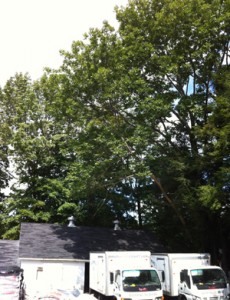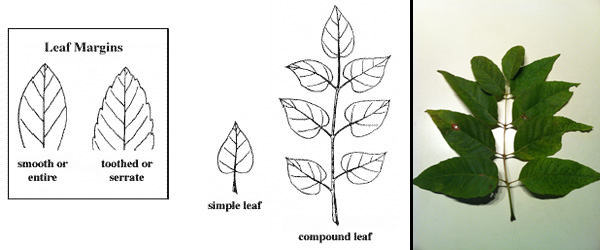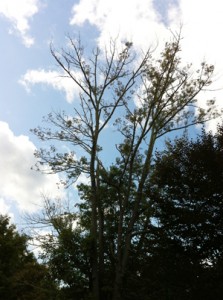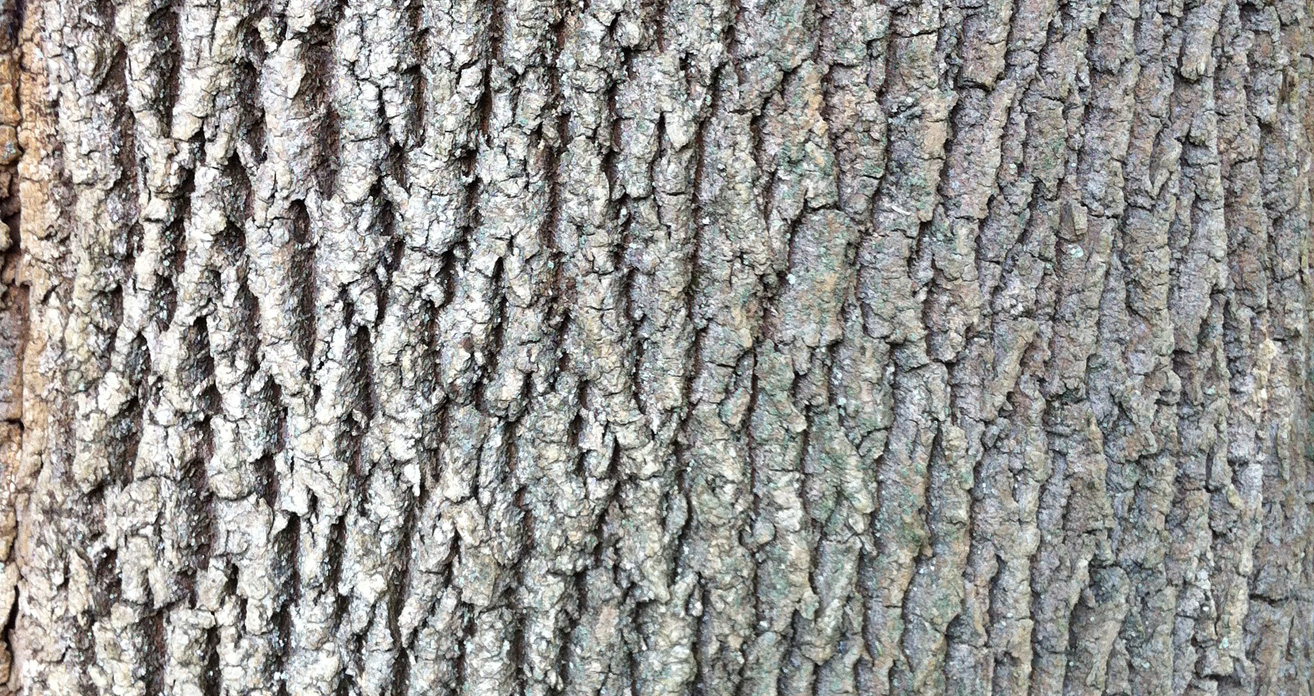
You probably have an Ash tree in your yard, and most certainly nearby. Connecticut’s woods, forests and urban areas are comprised of 4-20% Ash species.
Awareness and concerted action on the part of homeowners, forest associations, nurseries and arbor businesses, is needed to slow or halt the extinction of this tree. As of August 29, 2013, in an effort to control the spread, Connecticut has extended a quarantine over these four counties to regulate the movement of firewood. By slowing the spread it buys time for effective controls to emerge, such as naturally arising or introduced biological agents (insects or diseases) that attack EAB.
WHAT YOU CAN DO; HOW YOU CAN HELP
If You Have a Beloved Ash Tree: Trees within 15 miles of an infestation or within a quarantine area (such as Fairfield Country) should be treated with a systemic insecticide that is absorbed through the root system of the tree and protects the tree from borer damage. Many tree care companies, including Redding Nursery, are offering this service now that EAB has arrived in Connecticut. A lightly infested tree can be successfully treated.
Abide by the Firewood Quarantine: My advice is to try to find firewood that is locally cut. Purchasing wood cut from trees grown in your town or county will lower the possibility of bringing this pest into your backyard. If you are camping, buy wood at the campground and don’t bring unused wood home. And, if possible, buy your firewood from a reputable and licensed arborist. They are most likely to be aware of the EAB, know the species of tree that the wood came from and abide by the firewood quarantine. Conversely, if you have an infestation do not sell or transport your wood, and do report it.
Learn to Identify Ash Trees: Ash trees are deciduous trees with compound leaves (illustration below). The compound leaves usually have seven to eleven leaflets on each leaf. The leaflets have smooth edges. The twigs of an ash tree are smooth, rigid, grayish in color and resemble bones. The bark pattern of the ash tree is fairly distinct. Young trees have smooth bark. As the tree ages the bark thickens and a diamond-like pattern in the raised bark is noticeable.

On the left: an illustration of the distinguishing marks of simple and compound leaves.
On the right: the compound leaf of an Ash tree.
Learn the Signs of Infestation: Examine trees on your property and on your favorite woodland paths. Adults begin emerging from within ash trees around the middle of June, with emergence continuing for about 5 weeks. The adult then lays eggs in the bark of ash trees. In 7-10 days, the larval stage of the insect hatches from an egg and “bores,” or tunnels, through the cambium of the tree. The tunnels restrict or cut off the flow of water and nutrients from the ash tree roots and leaves.

Depending on the extent of the damage, a tree can quickly succumb to the injury caused by the EAB larvae.
If you look under the bark of an infested tree you will see light colored serpentine galleries. These are the bore tracks of the EAB larvae. You may also find small D-shaped holes in the bark where the adult exited the tree. Woodpeckers will sometimes attack the larvae of EAB. If you notice woodpecker activity or see flacking of the outer most bark from woodpecker activity you may have bores below the trunk.
Remember: to report any suspected finds to the CT Agricultural Experiment Station at 203-974-8474. (The CT Dept. of Energy & Environmental Protection website provides in depth information and photos: www.ct.gov/deep/eab)


Recent Comments